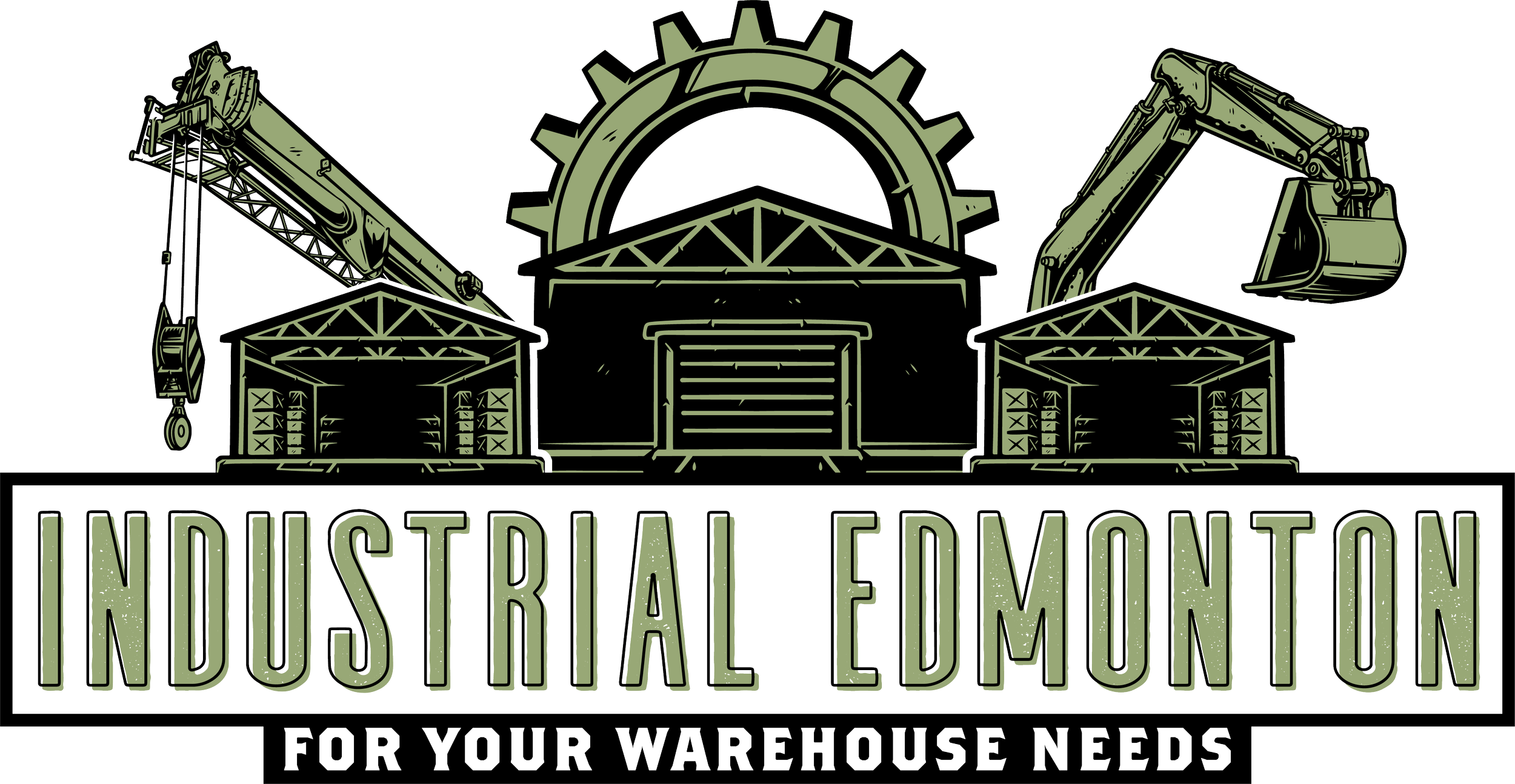Construction Cost Guidelines
Construction in downtown Edmonton, Alberta in the fall of 2015 as the Rogers Place Arena and ICE District come to life.
Image via Architecture| Tkalcic Bengert
Construction projects are made up of a combination of hard costs and soft costs that must be budgeted with accuracy in order to ensure the success of the project. Financial institutions will require in-depth breakdowns of these costs in order to approve construction financing and these must be meticulously kept and monitored in order to obtain bank draws throughout the project.
So what's the difference between hard costs and soft costs?
Hard Costs
Hard costs can generally be thought of as the tangible costs associated with the actual construction of a project, the "bricks-and-mortar" if you will. These costs are generally measured by an experienced Estimator, and as a rule of thumb, they will likely be around 70% of your total construction budget. Some examples of hard costs include:
- Building Structure - this includes all materials and labour used to construct the building such as electrical, plumbing and drywall, etc.
- Site Work - this includes all utilities underground, excavating, site prep, paving, grading, drainage, etc.
- Landscaping - this category includes all of the landscape work that must be done according to the architectural drawings such as laying sod and planting trees.
Soft Costs
Soft costs are generally the non-seen expenses that are incorporated either prior to construction, throughout the build, or potentially after the building construction has completed and they typically account for around 30% of the total construction cost. Some examples of soft costs include:
- Architectural and Design Costs - the preliminary building and site plans that will depict how the project is to be constructed.
- Land and Real Estate Costs - the costs associated with legal fees, appraisals, surveys, research, etc.
- Financing & Accounting Fees - all costs associated with the accounting and financing of a project such as loan interest, draw fees, commitment fees, accounting software, broker fees, etc.
- Management Fees - expenses related to the staff monitoring and managing the construction project to get it from start to finish.
- Taxes - any taxes associated with the materials or labour will be considered soft costs and must be accounted for.
Land Cost & Contingency Reserve
Lastly, there are two more items that make up a construction budget, the cost of the land and the contingency reserve. The land cost is the initial investment to purchase the land that the building will be constructed upon. This land could still require site work and preparation before the building can go up, but those costs will be part of the hard cost line items. Budgets will also include a contingency reserve line item which will generally amount to 5 - 10% of the total soft and hard costs and allows for minimal cost overruns and modifications during the build. This is a very important item as it allows for some breathing room to keep projects on time and on budget for all parties involved.
For an up-to-date look at the current HARD COST estimates across Canada in various asset classes, please refer to the Altus Group Canadian Cost Guide 2017 which can be accessed via the button below.

